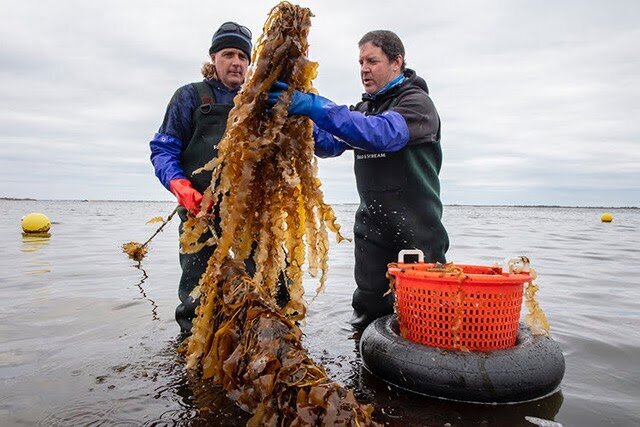How to Grow Your Kelp and Sell It, Too
In the first recording of Holdfast Conversations, Lindsay Olsen, GreenWave’s Farmer Training Program Manager interviews Suzie Flores of Stonington Kelp Company in Connecticut and Sam Garwin, GreenWave’s Market Innovation Strategist. They discuss sales and marketing strategies for small farmers starting out.
Nutrient Extraction by Farmed Kelp Could Make Cents
Could kelp farmers one day receive payment for the ecosystem services of their farms? Schery Umanzor, Assistant Professor at the University of Alaska Fairbanks, has developed a low-tech sampling kit to track the nutrient extraction potential of farmed kelp to find out.
Oyster Farmers in New York Grow Sugar Kelp in Just a Few Feet of Water
The basic model for farming sugar kelp in the U.S. involves a system of growlines suspended several feet below the surface, tethered by anchors, and held afloat by buoys. Most farms are sited in several fathoms of water. But oyster farmers on Long Island are testing whether sugar kelp might grow just as well in the region’s shallow-water estuaries. Three seasons into a trial project, they’ve proven that it’s not only possible, it’s productive.
Seaweed Sorter App Supports Species Identification for Sorus Collection
After watching his students struggle through outdated and lengthy identification guides and dichotomous keys, seaweed biologist Dr. Patrick Martone developed a seaweed identification app called Seaweed Sorter to make this process easier. Dr. Martone says kelp farmers looking to identify certain species for sorus collection can benefit from using this app, too.
Kelp Recipes
Recipes for Kelp Salsa, Dijon Mustard, Bread & Butter Kelp Pickles, and Kelp Giardiniera
Make Kelp Pickles and Co-Pack Them Too!
More information on how to try out the recipes in your home kitchen, learn about working with co-packers, and read about the project with Harvest Kitchen.
Hatchery Innovations: In Pursuit of Direct-Seeding
As the climate changes and environmental factors shift along our coasts, many have begun to wonder, will hatcheries and farms be able to continue to rely on wild kelp beds for reproductive tissue? This predicament has led scientist Dr. Charles Yarish, at the University of Connecticut, and others like him, to ask if it’s possible to circumvent this reliance on the seasonal availability of wild kelp. His solution involves a method called gametophyte culturing that would allow for a type of application known as direct seeding.








